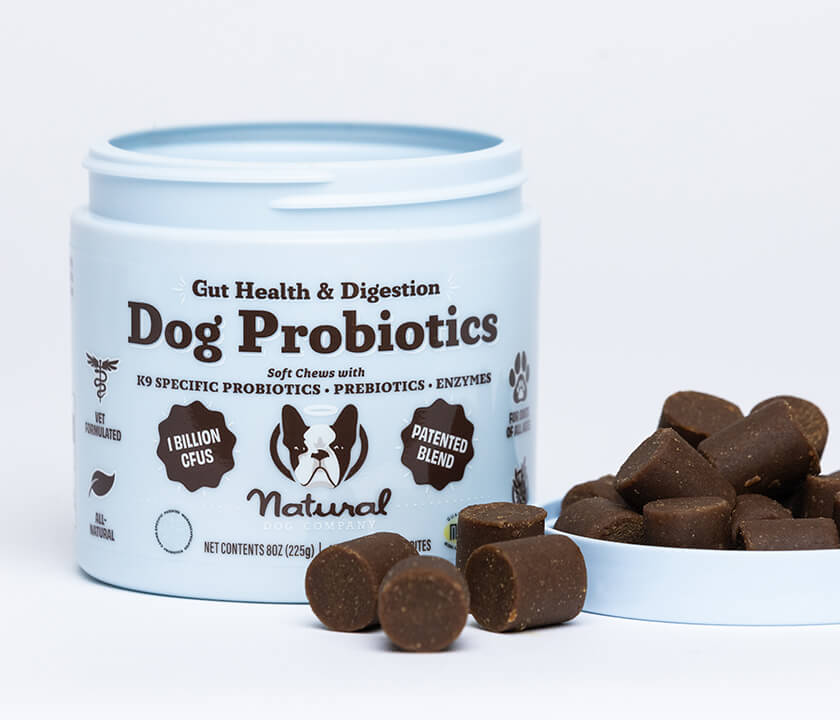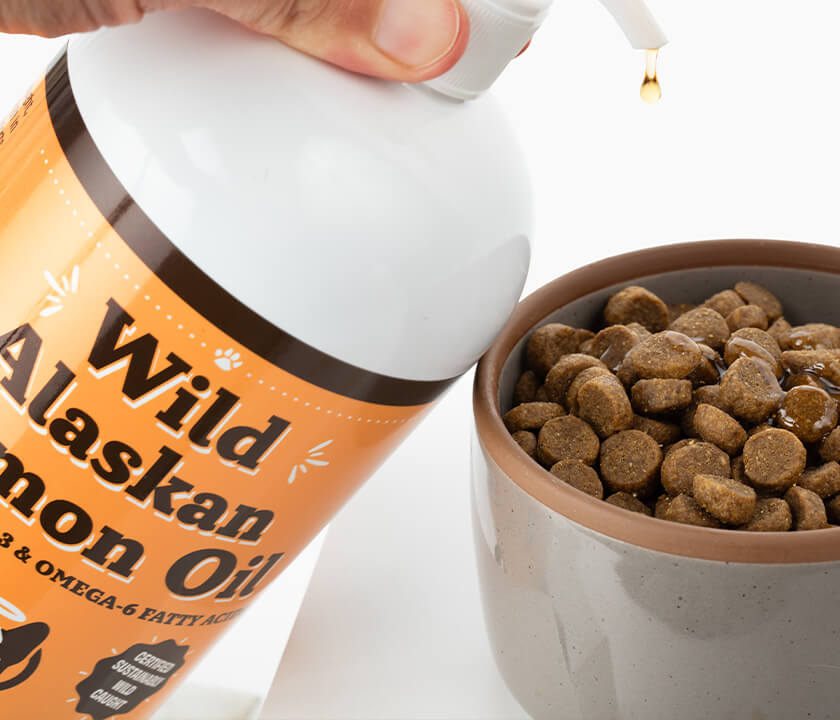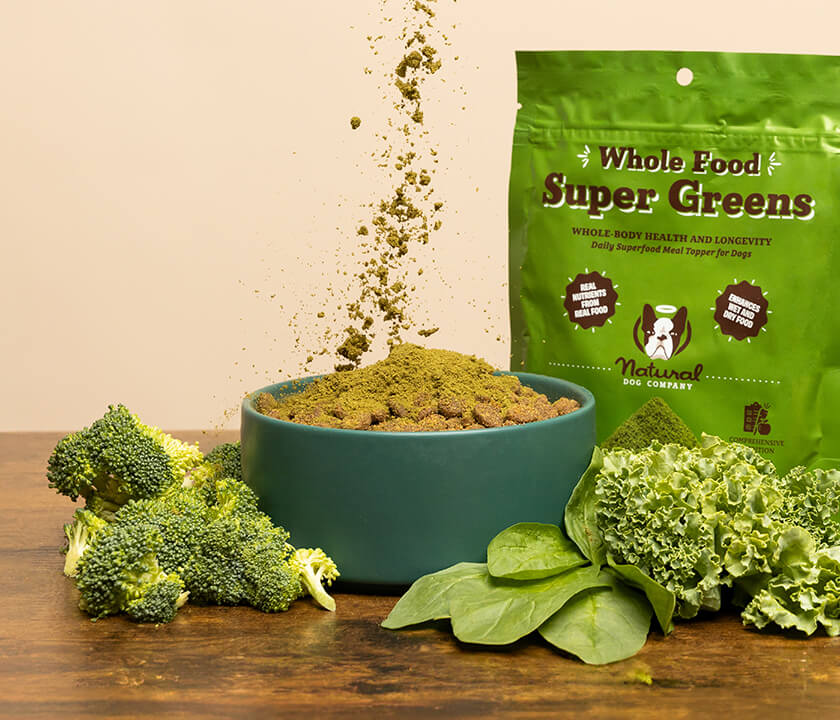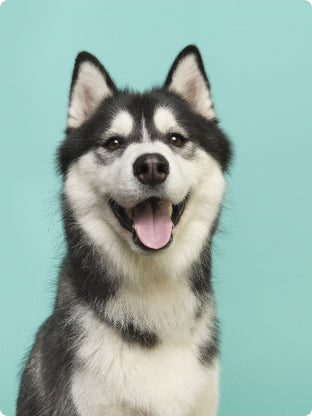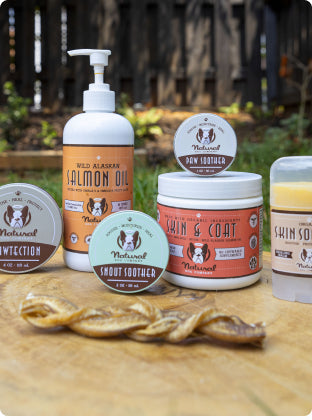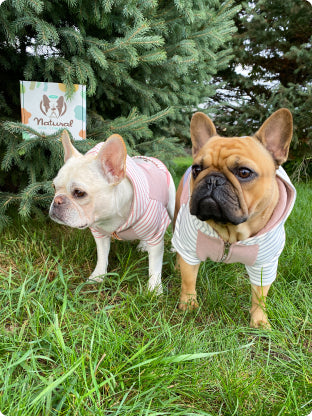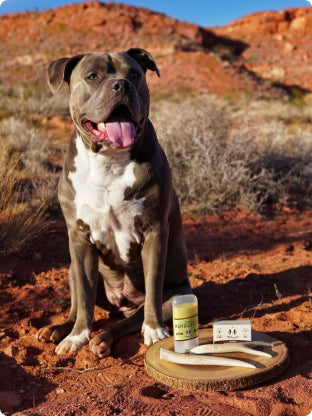Lipoid Pneumonia can be caused by applying Vaseline / petroleum jelly to your dog’s nose, especially after regular use. Dry dog noses or cracked paw pads are often lathered up in Vaseline, after all, most people have the common household product sitting around.
Wait! Before you apply petroleum jelly, be warned that it is not good for your dog. There are documented cases of Vaseline leading to lipoid pneumonia in dogs and humans. It’s relatively rare, but it is possible to develop lung problems after inhaling fat-based substances (lipoids), like petroleum jelly, over long periods of time.
What is Lipoid Pneumonia?
Lipoid pneumonia can impact humans and dogs. It is a particular form of lung inflammation (pneumonia) that is caused by lipids entering the bronchial tree.
What are the Symptoms of Lipoid Pneumonia in Dogs?
- Difficulty breathing
- Difficulty swallowing
- Persistent cough
- Discharge from nasal passages
- Weakness, fatigue
- Rapid breathing
- Increased heartrate
Since this condition is rare in dogs, it might be difficult to find the correct diagnoses. Make sure to tell your veterinarian if your dog has come in contact with petroleum jelly.
Why You Should Never Use Vaseline On Your Dog’s Dry Nose
#1. Vaseline can cause lipoid pneumonia after long term use.
Fat-based substances (lipoids), like petroleum jelly, can cause lung problems if they are inhaled over a long period of time.
#2. Your dog is guaranteed to eat it and it’s not safe for consumption.
If you lather your dog’s dry nose or rough paw pads with Vaseline, there are sure to eat it via licking.
#3. Vaseline does not provide additional moisture.
Vaseline does not provide any additional moisture, instead it simply provides a barrier that traps in moisture that’s already there. Dry dog noses, paw pads, and other canine skin conditions respond much better to products specially designed for dogs with added moisturizers.
#4. It can cause yeast and fungal growth.
Vaseline can clog skin pores, locking in oils and dirt in a moist and warm environment perfect for yeast and fungal growth.
#5. It’s not approved for internal use.
Not only does this mean it shouldn’t be consumed, but also, it means it shouldn’t be placed inside of your dog’s ears, nose, etc.
#6. Vaseline does not cure most canine skin conditions.
In other words, you’re taking a risk that isn’t worth taking.
#7. There are different grades of petroleum jelly.
While the Vaseline brand claims to be free of carcinogenic contaminants, many other brands are loaded with toxins. That doesn’t mean you should use Vaseline on your dog, but it is better than other, more potentially dangerous, brands.
#8. Large quantities of Vaseline act as a laxative.
If your dog licks large quantities of petroleum jelly, watch out because it can cause diarrhea.
Avoid Lipoid Pneumonia: How to Safely Treat Your Dog’s Dry Nose
Snout Soother is safe, effective, and specially formulated to soothe and heal dry dog noses. It is made from all natural ingredients and includes moisturizing, anti-fungal and anti-bacterial properties. Plus, it’s 100% safe to eat, because we know how much dogs love to lick! You can apply as much Snout Soother as you like without fear of your dog developing a life-threatening condition like lipoid pneumonia.
